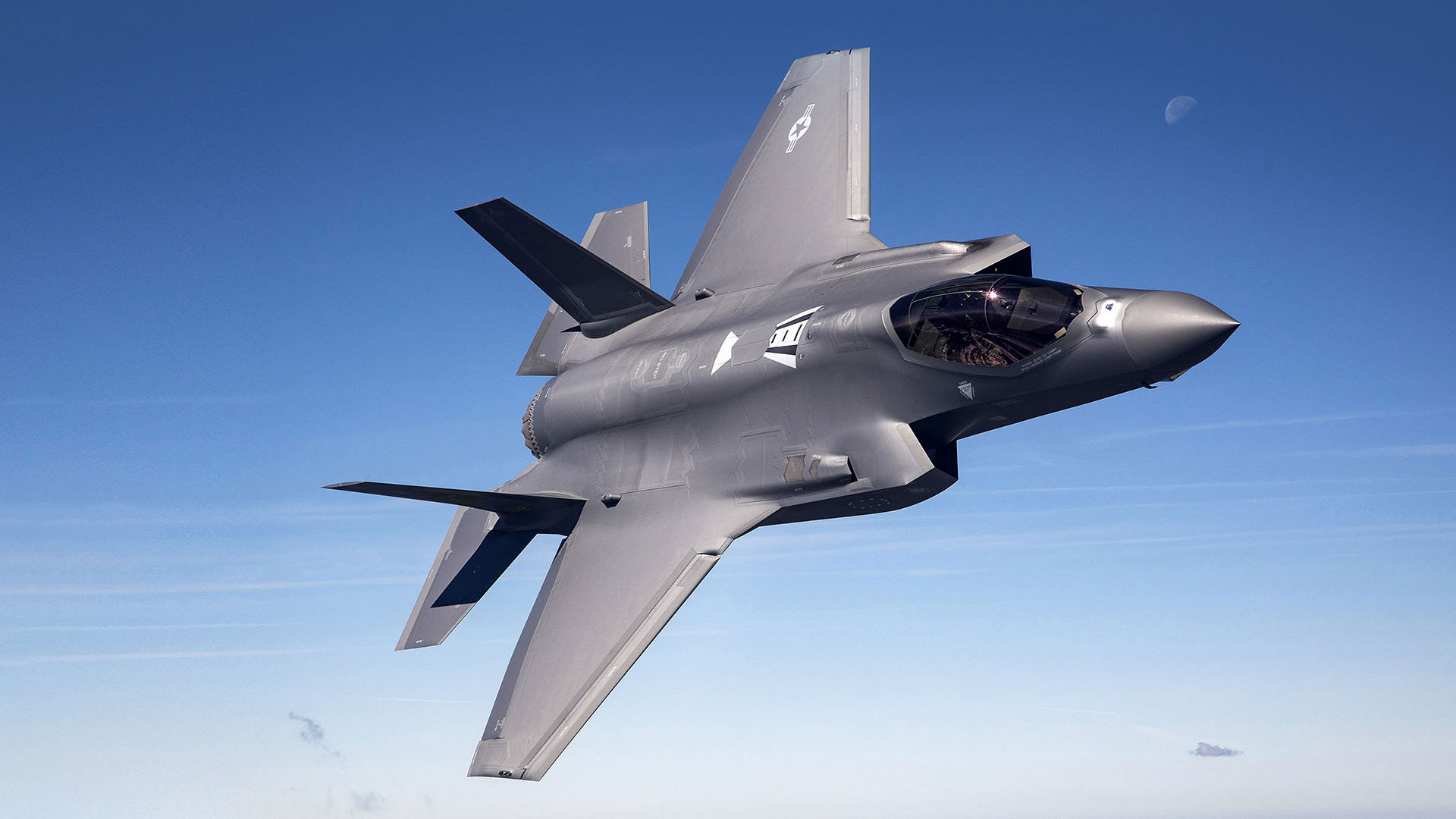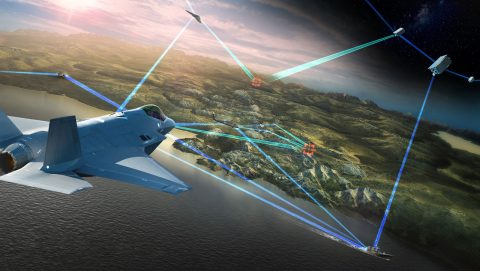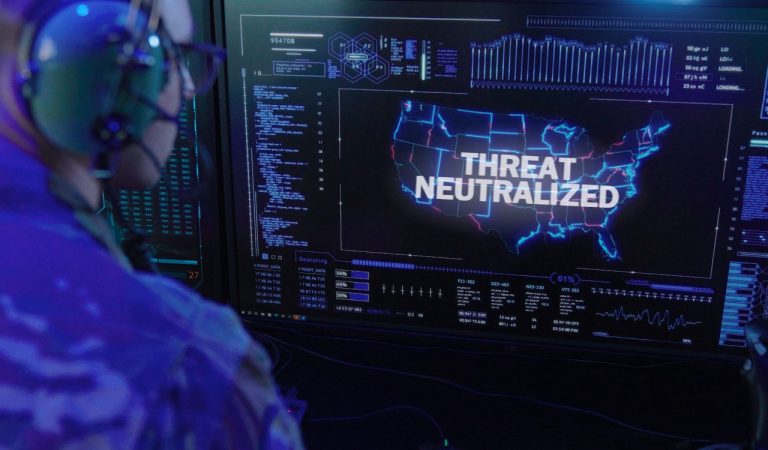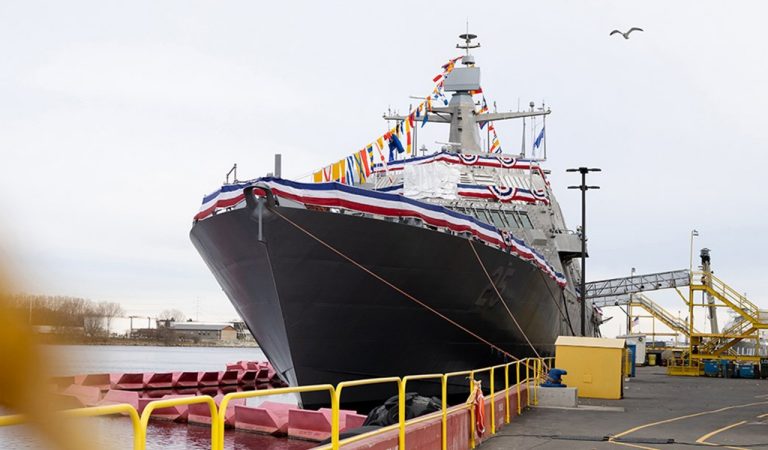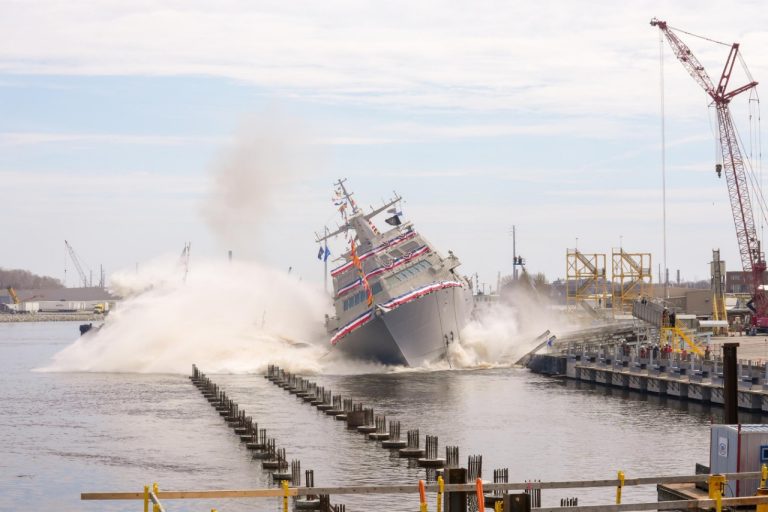The U.S. Navy’s Ability to Operate Anywhere, Anytime is Essential
The Littoral Combat Ship is Designed to Defeat Growing Threats in the Coastal Water Battlespace
Lethal.
Adaptable.
Focused-mission.
LCS: Providing U.S. Navy Speed to Capability
LCS Features Overview
Freedom-Variant Specifications
Length: 118.1 meters (387 feet)
Beam (Overall): 17.6 meters (57.7 feet)
Draft: 4.3 meters (14.1 feet)
Full Load Displacement: Approximately 3.450 metric tons
Propulsion: Combined diesel and gas turbine with steerable water jet propulsion
Speed: Greater than 40 knots
Core Crew: 50; Accommodations for 98 sailors
Hangar Space: Two MH-60 helicopters or one MH-60 helicopter and one Unmanned Aerial Vehicle (MQ-8 Firescout)
Flight Deck: Over 1.5 times that of traditional surface combatants
Mission Systems: Includes COMBATSS-21 combat management system, automated radio room and an open architecture total ship computing environment
Core Self-Defense Suite: TRS-4D Air Search Radar, SeaRAM (r) medium caliber 57 mm Mk 110 gun, gunfire control system and decoy launching system
Lockheed Martin Corporation
LCS Business Development
300 M Street SE, Suite 700
Washington, DC 20003-3442
Phone: +1 (202) 863-3471


